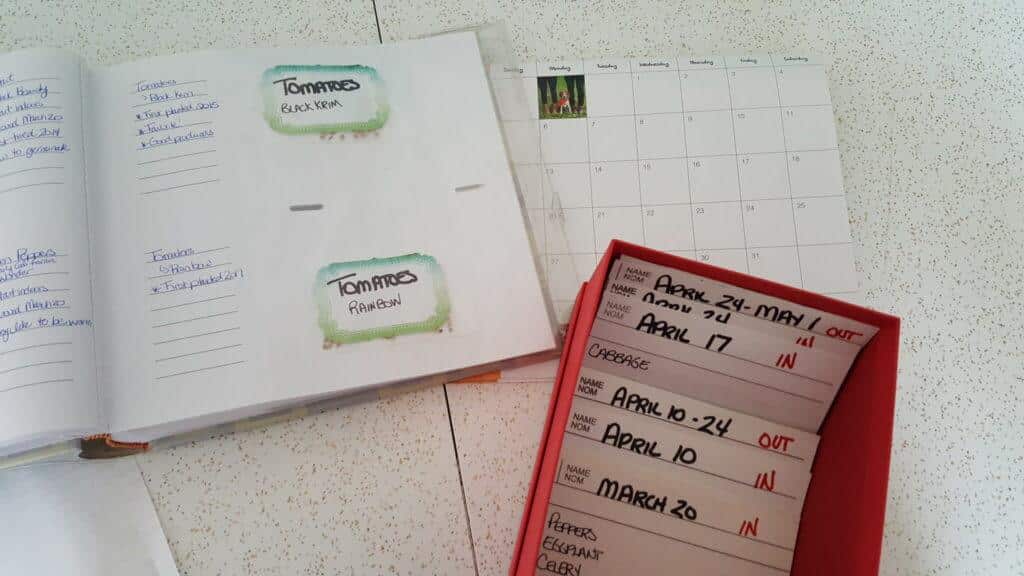It’s here! It’s spring! It’s time to start breaking out the seeds!
If you’re like me, you probably spent at least some time this winter browsing through seed catalogs, creating wish lists, and making scale drawings of your garden to make sure that you have space to grow everything you want to. But before you buy seeds and start planting, it’s a good idea to take stock of your existing seeds and make a plan. Which seeds need to be started indoors, and which ones should be sown directly? When should they be planted? Are the seeds you saved from last year viable?
Taking Stock: Stored Seeds
Start by looking for seeds that you have stored away. I, for one, am bad at figuring out how many seeds I need and I usually have a lot left over after planting. You might be surprised at how many seeds you already have on hand — and using those up could provide a nifty little cost savings.
Testing the Germination Rate
If you’re using stored seeds, start with a germination test. Simply put, you want to figure out if the seeds will sprout. Seeds don’t have an expiration date, but many do lose their viability after awhile. If only a small percentage of your stored seeds sprout, you don’t want to waste time planting them and waiting for them to come up.
Need Non-GMO Heirloom Seeds? Get Them From A Company You Can Trust!
If 9 out of 10 seeds sprout, that’s a 90 percent germination rate, and those seeds are good to plant. If you get a 50 percent germination rate, you can still plant the seeds, but you might want to sow twice as many as recommended (such as four squash seeds to a hill instead of two) to make up for the ones that won’t sprout. If the germination rate is very low, it’s better to source different seeds.
Starting Indoors vs. Direct Sowing
Some seeds need to be started indoors, or their produce just won’t be ready to harvest prior to fall frosts. Other seeds do best if sown directly into the garden. Still others can be started indoors or sown directly. It’s a good idea to start by sorting your seeds into three separate piles: “indoors,” “outdoors” and “either.” Once you know where to sow them, the next step is to figure out when.
Determining Planting Dates
Your last frost date is the key to figuring out when to plant. There are a number of interactive calculators online that indicate your exact last frost date, such as this one at The Old Farmer’s Almanac.
Next, read the seed packets or do some online research to find out how long before the last frost date the seeds should be planted. Then count backward from your last frost day to determine the best dates to plant each variety.
Tips for Organizing Seeds
Charts/Tables
One of the simplest tricks is just to make a written list of the seeds you usually sow and their planting dates.
Seamazing: The Low-Cost Way To Re-mineralize Your Soil
The list can be stored with your seeds in a shoebox or large zip-top bag for future reference.
Seed File Box
My own favorite seed storage idea is to use a small box as a filing system. Each file divider indicates the planting date, whether the seeds should be sown indoors or outdoors, and a list of seeds that should be planted on each date. That way, it’s quick and easy to determine if I have all the seeds I need for each round of planting.
Seed Journal/Book
My mom used a photo album with plastic sleeves to store her seed packets. Using an album with an area for notes is genius, because you can jot notes about each seed variety beside the packet to keep track of germination rate, planting locations, yields, etc. The album can be organized in any way you choose, but I do like the idea of sticking to planting dates so that by flipping through the album, you sequentially see which seeds to plant next.
Do you have tips for organizing seeds for spring planting? If so, please share in the comments below.
